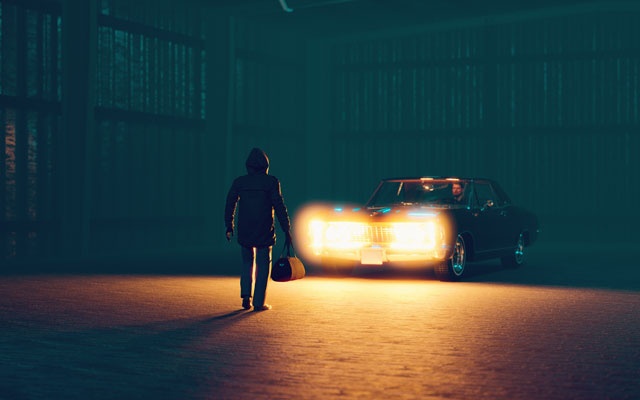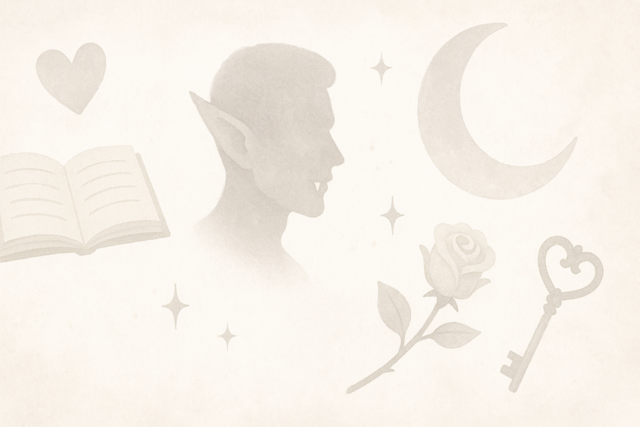Now we will discuss the common themes of women's fiction, and you will learn how to write and define your theme for the work you have in mind.
There are some wonderful women's fiction authors out there. Just to name a few of these great authors, we have: Elizabeth Berg, Barbara Taylor Bradford, Barbara Delinsky, Emily Giffin, Jane Green, Kristin Hannah, Jodi Picoult, Luanne Rice, Danielle Steel and Jennifer Weiner. You have probably read at least a few of these if you are interested in this genre.
Jane Green is one of the most influential, and most well known, of the group. Recently I asked Ms. Green about writing women's fiction. In particular, I asked how she felt about her female characters. Does she feel that her female characters are here to teach women lessons? To be cautionary tales, or to perhaps to inspire hope? Or maybe all of the above?
When thinking of women's fiction, you'll find these recurring themes as you read:
- Everyday life, especially events centered around family and friends
- Tragedies both large and small; ripped-from-the-headlines storylines
- The search for happiness in its many forms
- Strong women who overcome multiple obstacles
- Extraordinary events that showcase the female character's ability to tackle big issues with a deft hand
- Mature love and loss
- Complicated relationships
- Family secrets
- Homecomings
- Motherhood
- Dysfunctional families, dysfunctional relationships
To expand upon these themes, we can say that obviously family life and friendships refers to the day-to-day existence of your character. What does she do each day? What are the typical hardships she encounters with raising her children, working, balancing life, love, and friendship? What are her friendships like? Does she give, and they take, or vice versa? Are her friends supportive, or is she alone?
A female main character searching for happiness is another major theme in women's fiction. Perhaps she struggles throughout the book, starting with nothing and ending up happy, or maybe the book ends with us wondering if she truly has found happiness. No matter --however you choose to end the book, she should be struggling, searching for her form of happiness throughout. Maybe it is moving to a new place, finding a new job, meeting someone new? But whatever it is, there should be depth there, otherwise you might find yourself categorized as "chick lit." Not that there is anything wrong with that, but if you are shooting for women's fiction, give it the proper depth and character your book needs to be classified in that genre.
Strong women overcoming obstacles are a very popular theme in women's fiction, and you have probably read several books in that category. Perhaps her husband left her with a great deal of debt and she needs to put her life back together? Maybe she found out about another woman and has to raise her children alone now? Or maybe she struggles to get out from under her parents, or deals with some sort of abuse in her background? Maybe it is a work theme -- she has to break through a glass ceiling? No matter what your angle, your main character is working to get past an obstacle that is holding her back. We want to see her succeed!
Complicated relationships, secrets, homecomings -- these can all be themes in your work, as can dysfunctional relationships. These dysfunctional relationships can come in many forms, as I am sure you know. How does your main character deal with, and get past, these? Is there a lesson here for your reader?
With all these themes, note that women's fiction does want to -- maybe not teach or throw in a moral lesson -- but yes, there should be a point that your reader takes away. Is she, your reader, going to be better, feel stronger, perhaps, for reading your work? Shouldn't she?
Your main character should be strong -- that is the definition of a main character in women's fiction. Even if she does not start out strong, she needs to overcome her obstacles and get stronger along the way. And how do you do that? You have to build her.
In order to create strong characters that the reader will like, or at least want to get to know -- in other words, keep your reader reading -- you need to know your character. Take time to figure out all you can about her. Does she read? Does she work out? Does she hate spiders, love spaghetti? What?
Yes, you really need to know these things, because if you don't, and you don't take the time to get to know her, it will show on the page. Why? Because you'll be writing a flat character, one that has no depth, one that won't change as the story moves along. Remember, your plot needs to be relationship-driven, or character-driven, and your female character is the central piece to that plot puzzle. If she does not move the story along, it won't move, and you have no plot. And no readers. If you don't take the time to get to know her, your readers won't either.
Start with your main character and develop her. Give her a look, a personality, a backstory. A character's backstory is all that has happened to her before -- her baggage, if you will. What has she done? Where has she been? The things that make you, you -- well, they make her, her.
After you have developed your main character, you'll do the same for other semi-important characters. You can certainly have flat characters in your story, but in most cases you'll also have a few other characters that are important in the story. Those characters will need to be fleshed out, too.
One thing to keep in mind is that your readers, typically women, will need to identify with your female main character. This can even be something small, such as the way she handles a situation, the yoga classes she takes, the foods she likes, etc.
When you write your central character, remember to add in the things you'd like to know. Think like your reader. And then think like your character. Get into her head, even become her for a while.
Women's fiction can have a happy ending! It can deal with upbeat, positive themes.
But this article is about positivity in women's fiction! Hope, love, rising from the ashes like a phoenix and so on. One positive theme, or aspect, of women's fiction is romance, finding love. Romantic love stories are part of women's fiction, and although love stories are found in chick lit and romance, the mature depth and tone of their development within women's fiction sets them apart from other genre classifications.
Those grave situations include abuse, poverty, divorce, familial breakdown, and other social struggles, but this genre can also explore positive aspects within women's lives.
Love and romance can be present, but these elements do not have to be, in order to be considered women's fiction. However, when they are, the results are typically positive, the outcome a favorable one; a happy ending if you will.
If love and romance are present, the feelings are much deeper, and the emotions are explored in more depth, with more maturity, than your typical chick lit or romance novel. This lesson will explore this type of mature love story.
A mature love story is a bit more in depth, a bit more intricate than those you might read elsewhere. For example, in a chick lit romance, your characters may fall in love, eventually -- which is what might happen in a women's fiction story, too.
But in chick lit, we often have a young woman who stumbles and bumbles her way in to a relationship, usually dating all the wrong men before finding the right one, or chasing after the wrong one only to find that the right one was there all along. In a typical romance novel, you might find these storylines, too, but usually a novel that is classified as "romance" deals with older women, not young ones. Sounds terribly rude, perhaps, but it is true. Usually a romance heroine is middle-aged, or older, perhaps -- but not always; and chick lit heroines are typically young women in their 20s.
For a women's fiction novel, you are typically going to be dealing with a woman out of her 20s, or maybe in her late 20s, and she could be of any age outside of that. Second coming-of-age novels, with much older women, are generally found in the women's fiction genre.
The love stories we encounter in these works typically take place over a longer period of time. The relationships often do go through their ups and downs, ending in a happily ever after, or, at least, a happy outcome for our main character.
Additionally, a mature love story tends to explore emotions a great deal more, with more depth, than those in other genres. When we refer to "mature relationships" in this genre, we also tend to mean that they involve "mature" adults, rather than, perhaps, a 20-something person. Not that someone in her 20s can't be mature! Not at all, but yes, in women's fiction, mature typically refers to someone older.
The relationship will generally end in a positive way, thus the positive aspect of women's fiction. This can be a marriage or simply with the two together in the end. Maybe they won't end up together ... perhaps the love of your main character's life dies, but she comes back stronger, knowing she was loved. As long as your novel ends positively, you havedone your part!


























